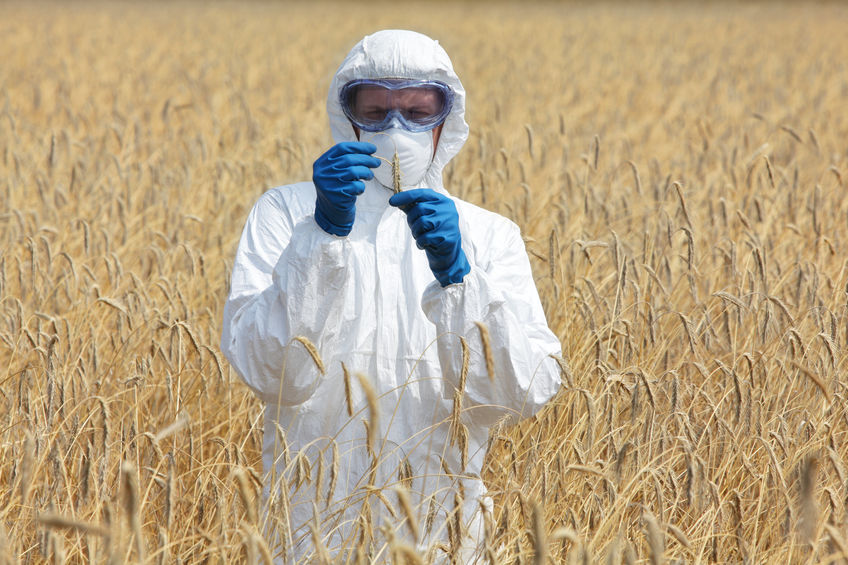
The global area of GM (genetically-modified) crops rose by 3% in 2016 to 185.1m hectares, according to a new report.
The International Service for the Acquisition of Agri-biotech Applications (ISAAA) released its annual report showcasing the 110-fold increase in adoption rate of biotech crops globally in just 21 years of commercialisation – growing from 1.7 million hectares in 1996 to 185.1 million hectares (457.4 million acres) in 2016.
ISAAA’s report, “Global Status of Commercialized Biotech/GM Crops: 2016,” examines the benefits of biotech crops for farmers in developing and industrialised countries. The report showed the US, Brazil, Argentina, Canada and India planted 91% of the global biotech crop area.
“Biotech crops have become a vital agricultural resource for farmers around the world because of the immense benefits for improved productivity and profitability, as well as conservation efforts,” said ISAAA Chair of the Board, Paul S. Teng.
“With the commercial approvals and plantings of new varieties of biotech potatoes and apples, consumers will begin to enjoy direct benefits of biotechnology with produce that is not likely to spoil or be damaged, which in turn has the potential to substantially reduce food waste and consumer grocery costs.”
Reducing CO2
Examining other benefits of biotechnology, ISAAA reports that the adoption of biotech crops has reduced CO2 emissions equal to removing approximately 12 million cars from the road annually in recent years.
The report says GM crops have conserved biodiversity by removing 19.4 million hectares of land from agriculture in 2015; and decreased the environmental impact with a 19% reduction in herbicide and insecticide use.
Apart from strict and controlled experiments in specialist centres, the UK does not currently grow GM crops.
Princess Anne has previously said she would be open to growing GM crops on her own land as they have 'important benefits' for providing food.
Highlights from ISAAA’s 2016 report
• Global area rebounded in 2016 with 185.1 million hectares (457.4 million acres) of biotech crops versus 179. 7 million hectares 2015, when global area for all crops was down, and 181.5 million hectares in 2014.
• In 2016, 26 countries in total, including 19 developing and 7 industrial countries, grew biotech crops. Developing countries grew 54% of biotech crops, compared to 46% for industrial nations.
• Eight countries in Asia and the Pacific, including China and India, grew 18.6 million hectare of biotech crops in 2016.
• 10 countries in Latin America, including Paraguay and Uruguay, grew a combined 80 million hectares of biotech crops in 2016.
• In 2016, the leading countries growing biotech crops continued to be represented by the United States, Brazil, Argentina, Canada and India. Combined, these five countries planted 91% of the global biotech crop area.
• Four countries in Europe -- Spain, Portugal, Czech Republic Slovakia -- grew more than 136,000 hectares of biotech maize in 2016, an increase of 17% from 2015, reflecting EU’s need for insect resistant maize.
• Biotech crops with stacked traits accounted for 41% of global area, second only to herbicide tolerance at 47%.
• Biotech soybean varieties accounted for 50% of global biotech crop area. Based on global area for individual crops, 78% of soybean, 64% of cotton, 26% of maize and 24% of canola planted in the world were biotech varieties.
• Countries with over 90% adoption of biotech soybean are U.S.A, Brazil, Argentina, Canada, South Africa, and Uruguay; close to or over 90% adoption of biotech maize are USA, Brazil, Argentina, Canada, South Africa, and Uruguay; over 90% of biotech cotton are USA, Argentina, India, China, Pakistan, South Africa, Mexico, Australia, and Myanmar; and with 90% or more of biotech canola are USA and Canada.
